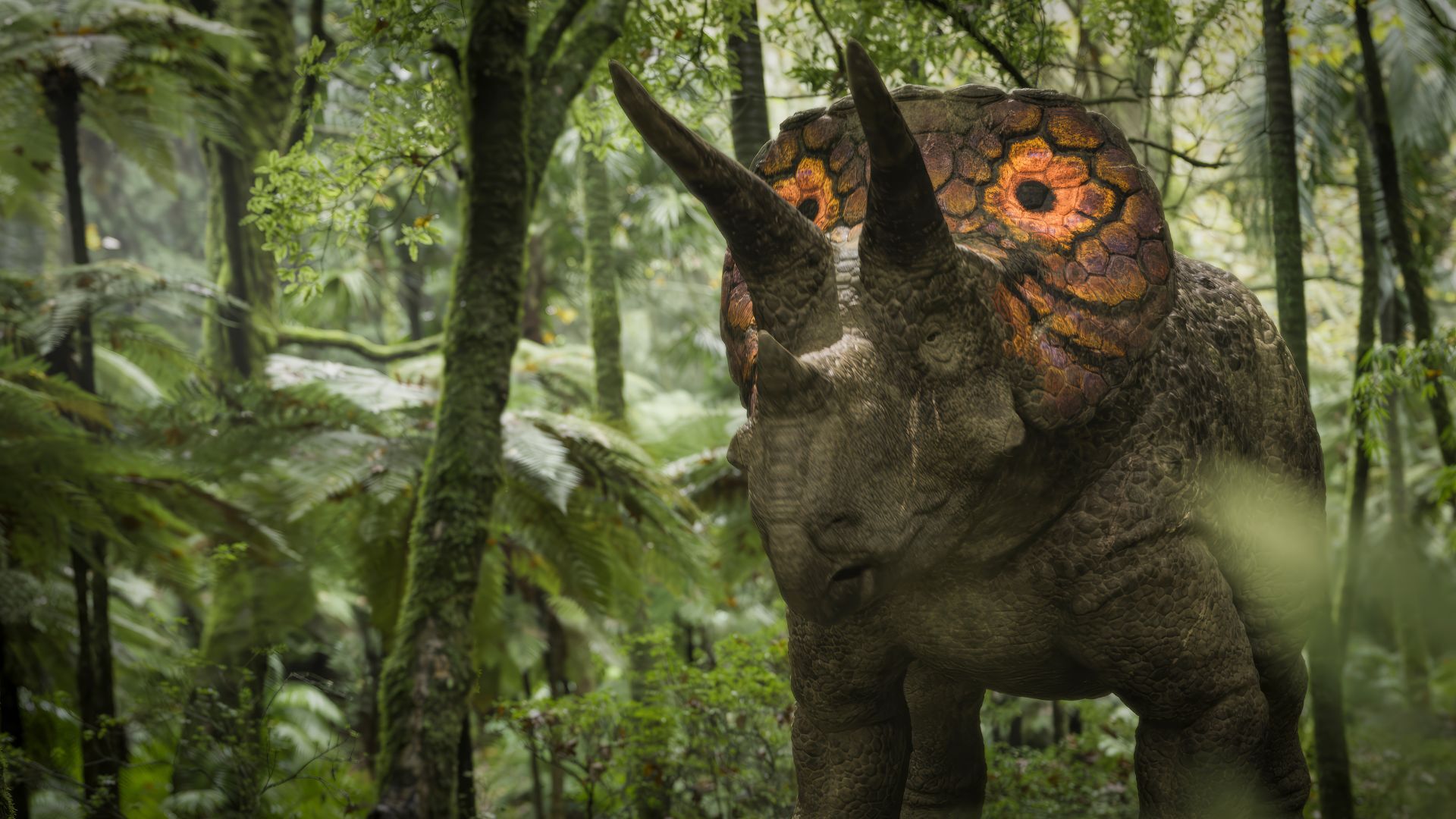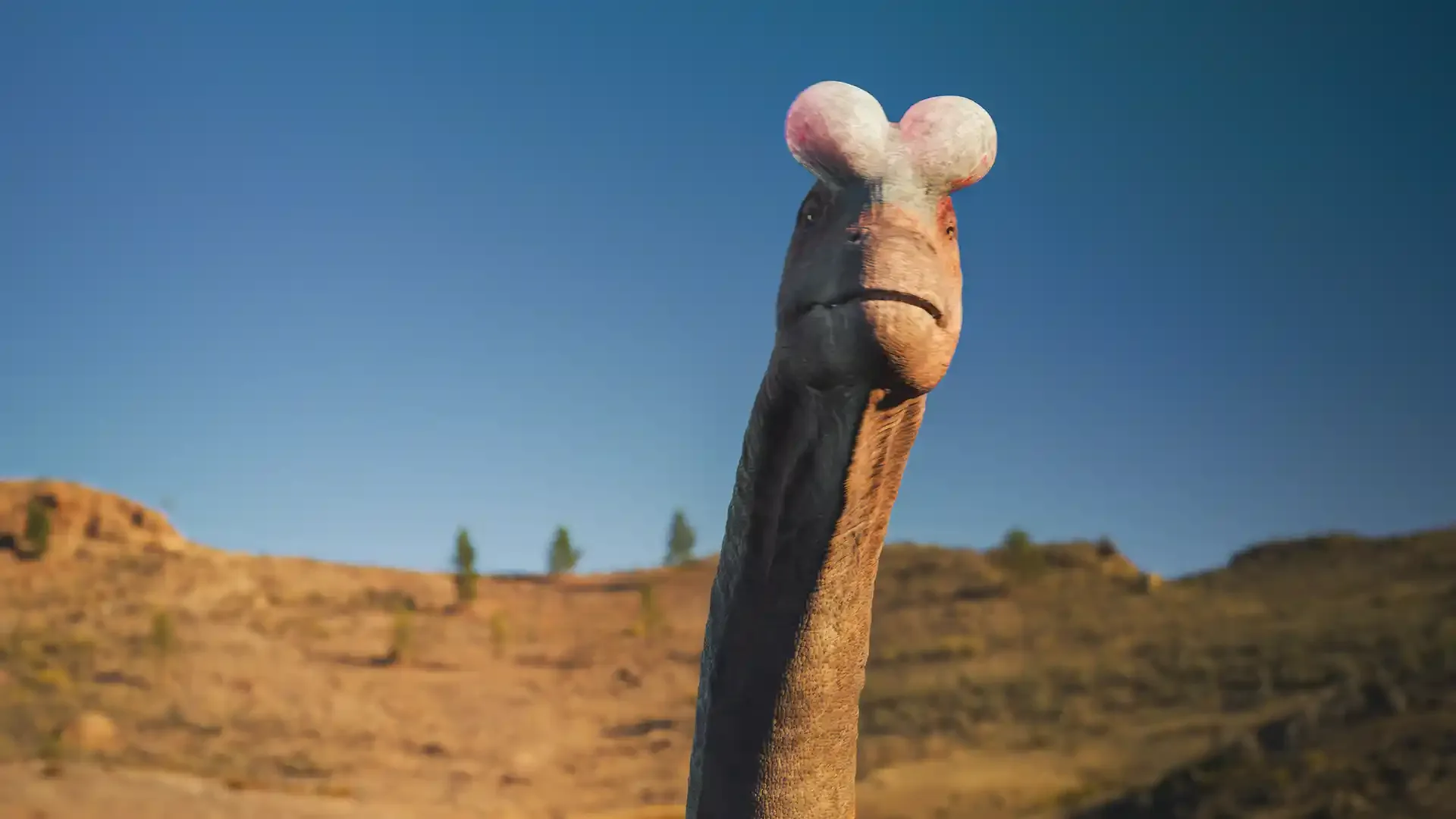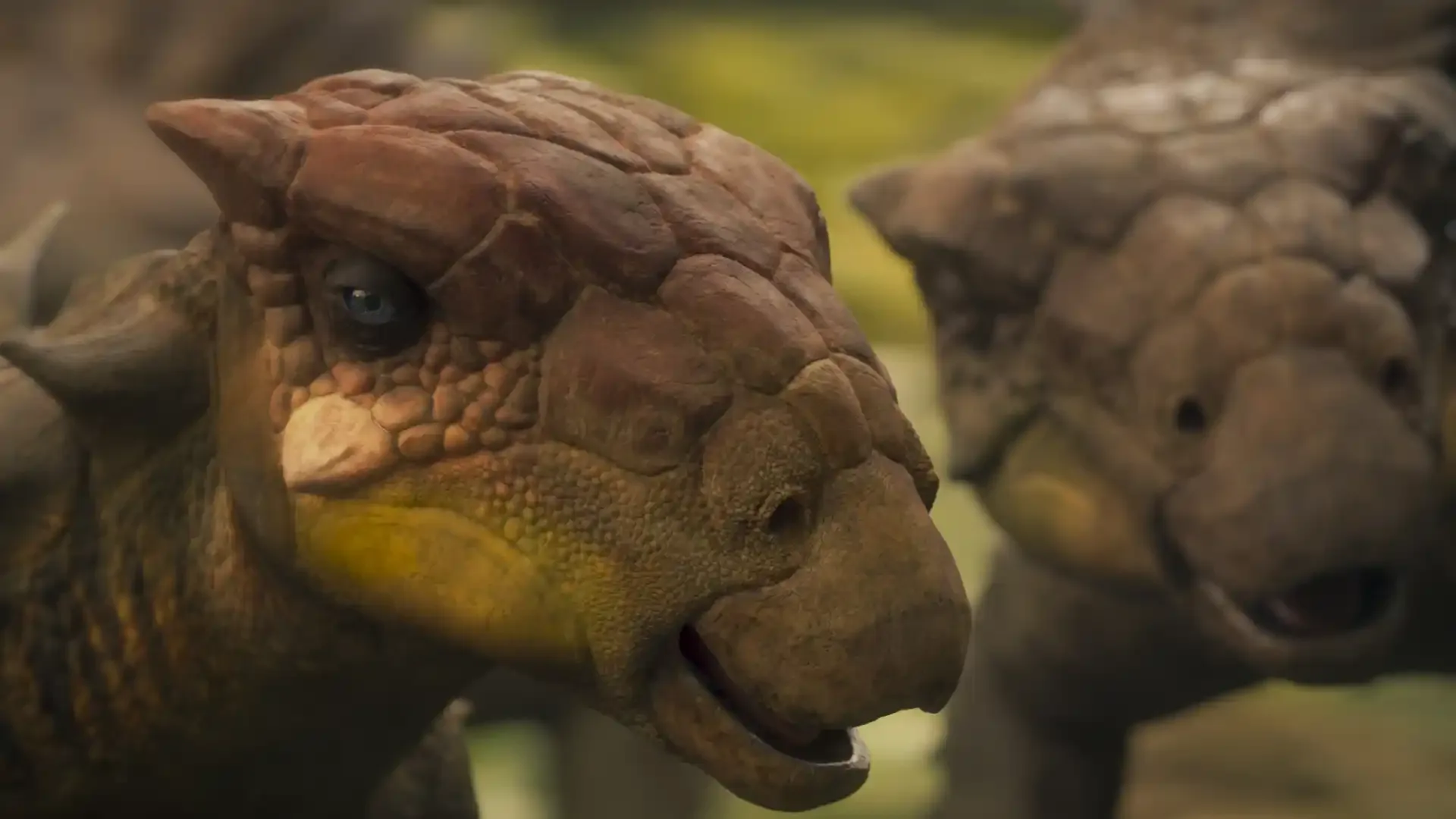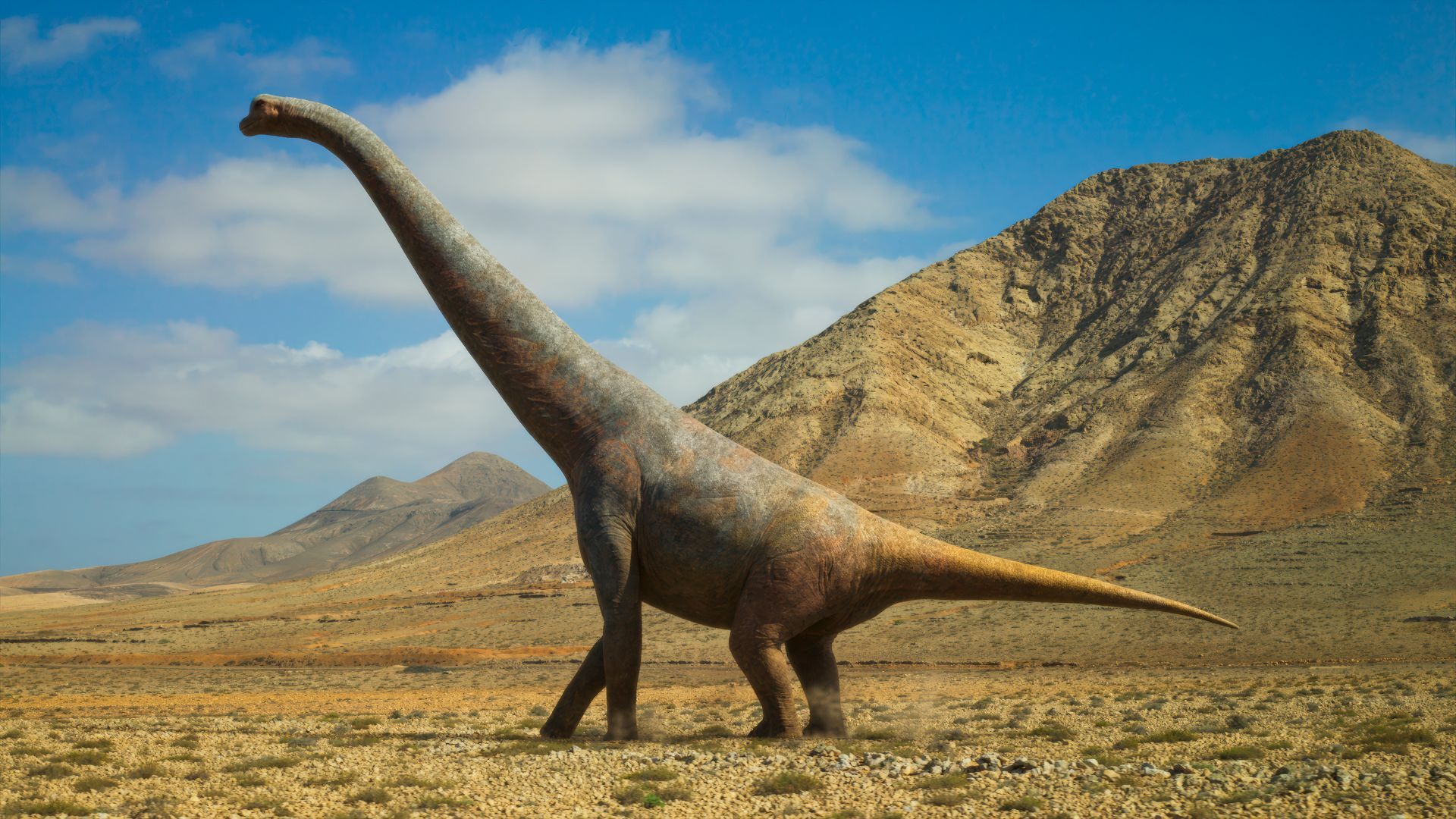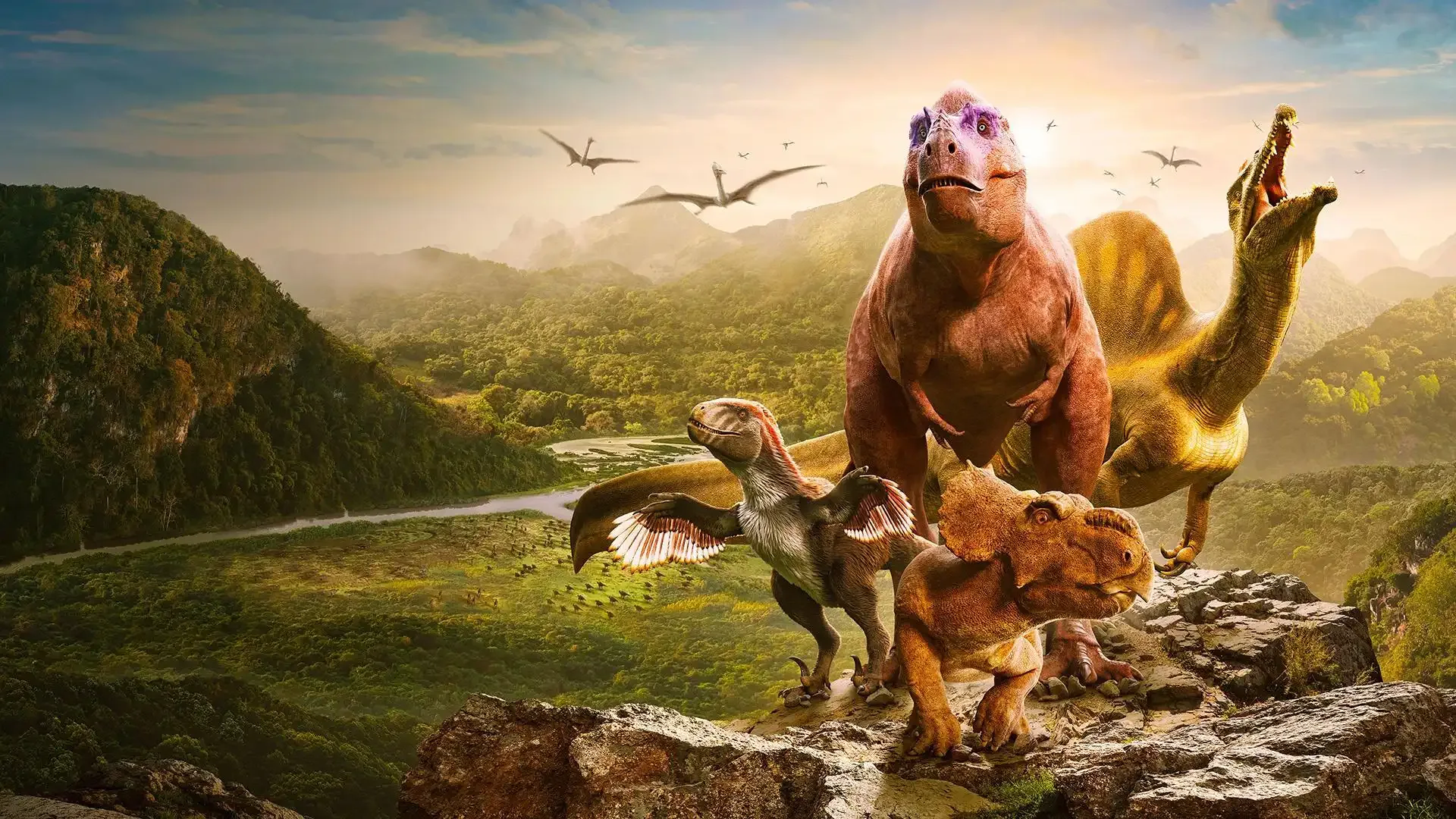After millions of years, six incredible dinosaurs are coming back to life. In “Walking with Dinosaurs” on PBS, paleontologists discover the lives behind the fossils, using the latest scientific methods to uncover stories of survival, triumph, family and even romance. Get the stats on your favorite giants to see how they stack up on this prehistoric stage.
Albertosaurus
Built for speed and strength, this older relative of the Tyrannosaurus Rex was a terror on two legs. But despite its scary smile, paleontologists believe Albertosaurus was a social animal — unless you happened to be prey like the Cryodrakon, that is.
- Period: Cretaceous (71 million years ago)
- Location: North America
- Diet: Carnivore
- Behavior: Social; matriarchal
- Threats: Other Albertosaurus; well-defended prey like Arrhinoceratops

How Big Was Albertosaurus?
Albertosaurus may have been big, but its brain was just as formidable as its teeth. This clever dino knew that younger pack members were smaller and lighter, so their job was to chase prey toward the older, more powerful adults.
Support your local PBS station in our mission to inspire, enrich, and educate.
Highlights
If the colossal size and sharp teeth weren’t scary enough, paleontologists have also discovered slender leg fossils, suggesting Albertosaurus was a sprinter. At about 30 miles per hour, this species was the fastest land animal on the planet during its time — about as fast as a modern wolf.
But that’s not the only factor that made Albertosaurus the dominant predator in western Canada for over 3 million years. Because fossils from up to 26 different individuals are sometimes grouped together, paleontologists believe this species lived in packs. They even had hunting strategies in which younger dinosaurs chased weak prey right into the strong jaws of the older adults.
Unsurprisingly, Albertosaurus families were a big problem for prey species like Arrhinoceratops, Edmontosaurus and Cryodrakon — when the big carnivores weren’t snapping at each other over social hierarchies, of course.
Hunting was an important part of life for a dinosaur that needed over 110 lbs of meat every week just to survive. However, experts think some of its adaptations may have been designed more for friendship than for fighting. For example, the Albertosaurus might have used its tiny front arms to groom its packmates, strengthening social bonds just like many animals today.
Fun Facts about Albertosaurus
- Albertosaurus may have been monogamous, just like many modern bird species!
- Bite marks found on Albertosaurus skulls suggest that this species might have used face-biting to establish dominance.
- Although they’re related, Albertosaurus and Tyrannosaurus Rex lived millions of years apart — so that means no family dinners.

The best of PBS, straight to your inbox.
Be the first to know about what to watch, exclusive previews, and updates from PBS.
Walking with Dinosaurs
Explore More from Walking with Dinosaurs
